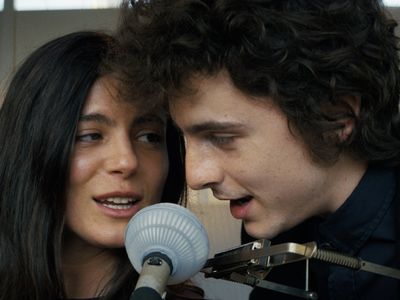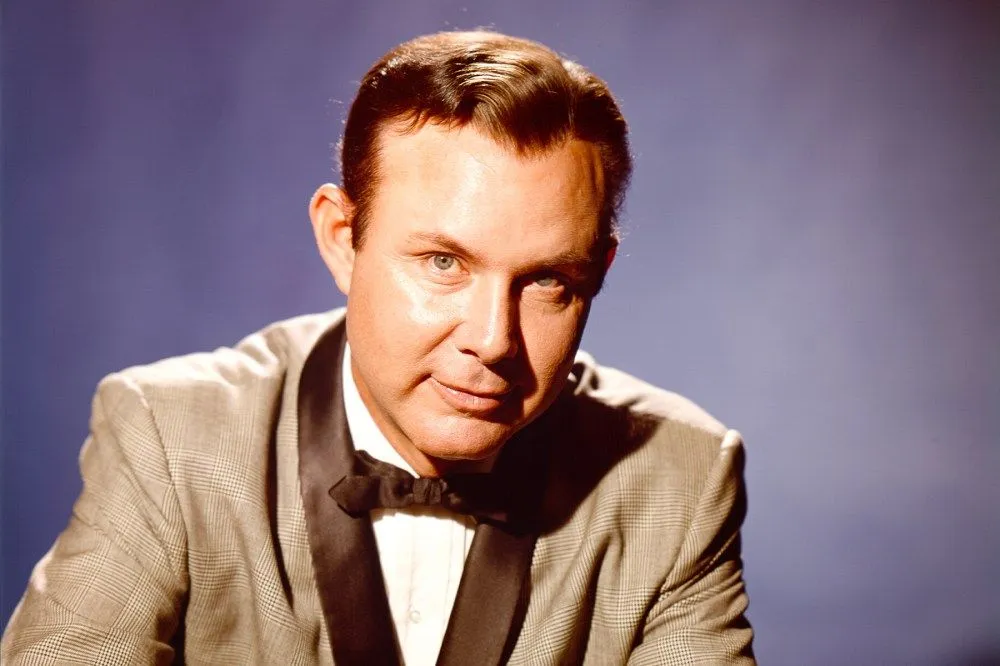American Pulitzer Prize goes to Bob Dylan
“I had a wife and children I loved more than anything in the world. I tried to take care of them, not have trouble, but the big pains in the press kept calling me the voice, the spokesman, or even the conscience of a new generation. This was crazy. I had always sung only straightforward songs and portrayed powerful new events. I hardly had anything in common with this generation, let alone knew much about it,” explains Bob Dylan in his autobiography ‘Chronicles Volume One’, published in 2004.
These are clear words that characterize his difficult relationship with the world beyond the stage. Adored by his fans, sometimes glorified as a messiah by the media, Dylan has spent most of his life trying to escape their suffocating embrace. But he cannot talk away the social significance of his songs either. The extent of their influence can be seen from the fact that he has not only been one of the leading candidates for the Nobel Prize in Literature since the mid-1990s, but also actually won it in 2016.
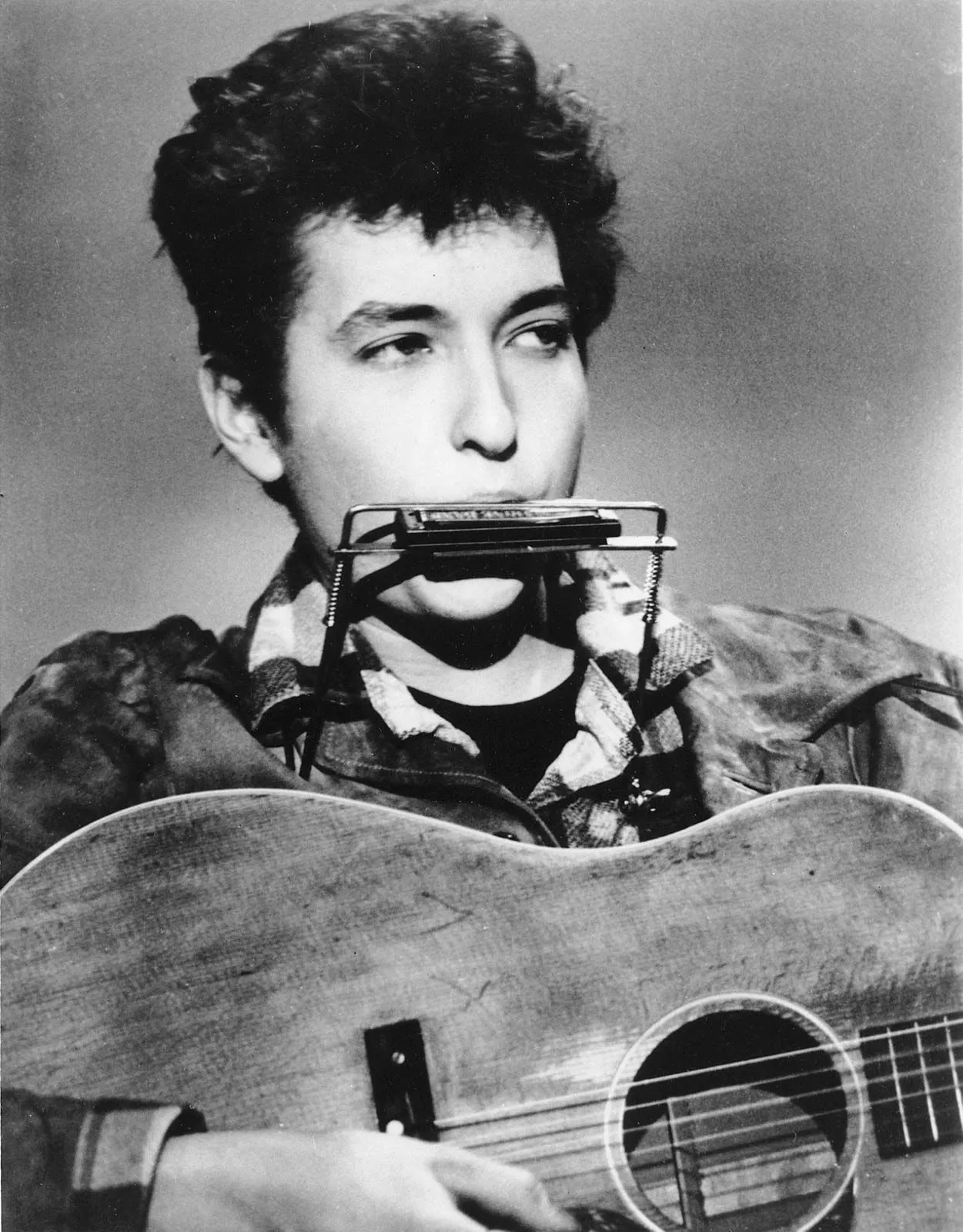
Robert Allen Zimmerman was born in Duluth, Minnesota in 1941, but grew up in rural Hibbing, an area characterized by huge iron mines. As a child, he taught himself to play the piano and guitar and, by his own account, spent many a night glued to the radio, listening to country, folk and rock 'n' roll. After his first experiences in high school bands, he moved to St. Paul after graduating from high school and began studying music. He was never in class, however, as he was too busy discovering and playing new pieces.
In 1961, he hitchhiked to New York to meet his idol, Woody Guthrie, who was then forgotten and seriously ill in a hospice. He had meanwhile adopted the stage name Bob Dylan, probably in homage to the Welsh poet Dylan Thomas. To make ends meet, he played the numerous cafés in Greenwich Village, performing a repertoire that consisted mainly of Guthrie pieces.
In 1962, he was surprised to receive a record deal with Columbia. He was the first folk singer in the repertoire of the major label. But manager John Hammond was impressed by the scrawny 21-year-old with the raspy voice, the unorthodox and inelegant guitar style, and the depth of his statements.
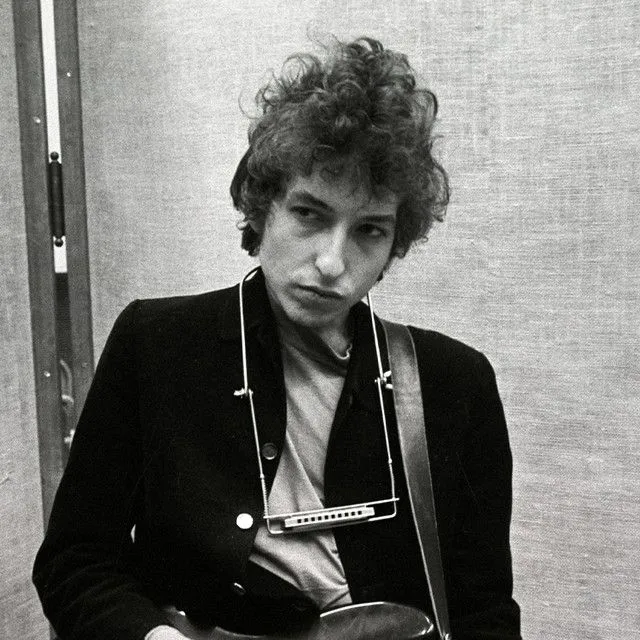
In 1962, the debut album “Bob Dylan” was released, which mainly contains cover versions – including “Man Of Constant Sorrow”, which later became the title track of the successful film “O‘ Brother, Where Art Thou”. A year later, “The Freewheelin’ Bob Dylan” laid the foundation for success. “Blowin' In The Wind“, ‘Masters Of War’ and ‘A Hard Rain's A-Gonna Fall’ are enthusiastically embraced by the fledgling protest movement. A Peter, Paul and Mary cover of ‘Blowin’ In The Wind” reaches the top of the US singles charts, and Dylan goes on a successful tour with folk singer Joan Baez, who makes him famous nationwide. Their love affair is still a topic of discussion more than 40 years later.
In 1964, he reached the first high point of his career with “The Times They Are A-Changin'”. The title track, “With God On Our Side” and “Only A Pawn In Their Game” describe a world in transition and can be heard everywhere at protest marches and events. Dylan, however, feels misunderstood and increasingly alienated from the press, which stylizes him into an icon, and the fans, who see him as a prophet.
In 1965, he performs at the Newport Folk Festival and reaps bitter boos when he begins his short set with the band and the electrified “Like a Rolling Stone”. An even more significant scandal occurs a year later in London. “Judas,” shouts a member of the audience as Dylan steps onto the stage. ‘Liar,’ he retorts, turning to his band. ‘Play fucking loud,’ he demands, before launching into a distorted version of ‘Like a Rolling Stone.’ Shrill whistles and angry fans characterize his performances during this time – and increasingly drive Dylan onto the defensive.
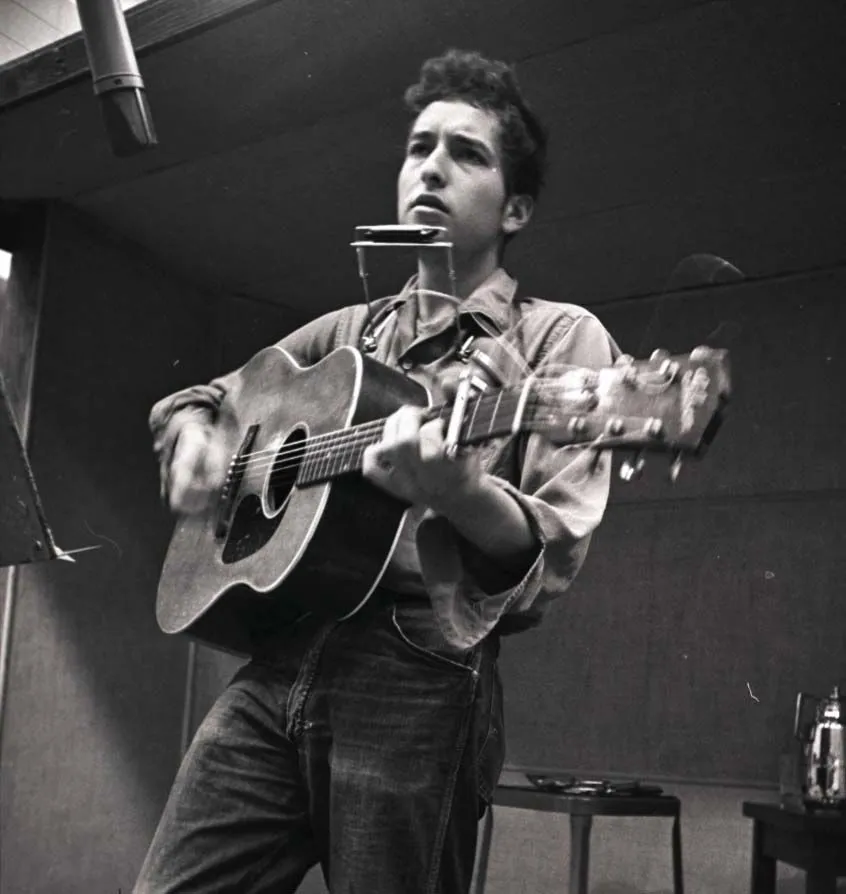
Now married and a father, he craves some distance. He uses a motorcycle accident to go into hiding from 1966 to 1968, hoping to be forgotten. A plan he does not succeed in. Although he first turned to country with “Nashville Skyline” and then to Anton Chekhov's short stories with “Self Portrait” (both 1969), the public attention remained, speaking of the “middle period” and the “comeback album”. “One of many,” Dylan smugly explains in his autobiography.
After the ebbing of youthful protest, a new phase begins with “Pat Garrett & Billy The Kid” (1973). Dylan is not only one of the actors in the eponymous Western film directed by Sam Peckinpah, but also the author of the soundtrack, which includes “Knockin' On Heaven's Door”, one of his most famous pieces. “Planet Waves“, ”Blood On The Tracks" (both 1974) and ‘Desire’ (1976) catapult him back to the top of the charts – and with him his long-time companion The Band, who also celebrate great success without him.
In 1978, the musician and his wife Sarah divorced, which plunged Dylan into a severe creative crisis. On stage, he had a religious epiphany and became a devout Christian. By 1981, he had recorded three little-noticed albums of religious songs. At least he received his first of several Grammies for the track “Gotta Serve Somebody”.
After that, he seemed increasingly uninspired. He successfully toured with Tom Petty & the Heartbreakers and reached the top of the charts with a live album accompanied by the Grateful Dead, but by his own admission, he had lost touch with his music. In 1988, he finally pulls himself together again – first as a member of the supergroup Travelling Wilburys (which also includes Petty, Jeff Lynne, George Harrison and Roy Orbison), then with the start of a worldwide concert tour that continues into the new millennium and is given the name “Neverending Tour”.
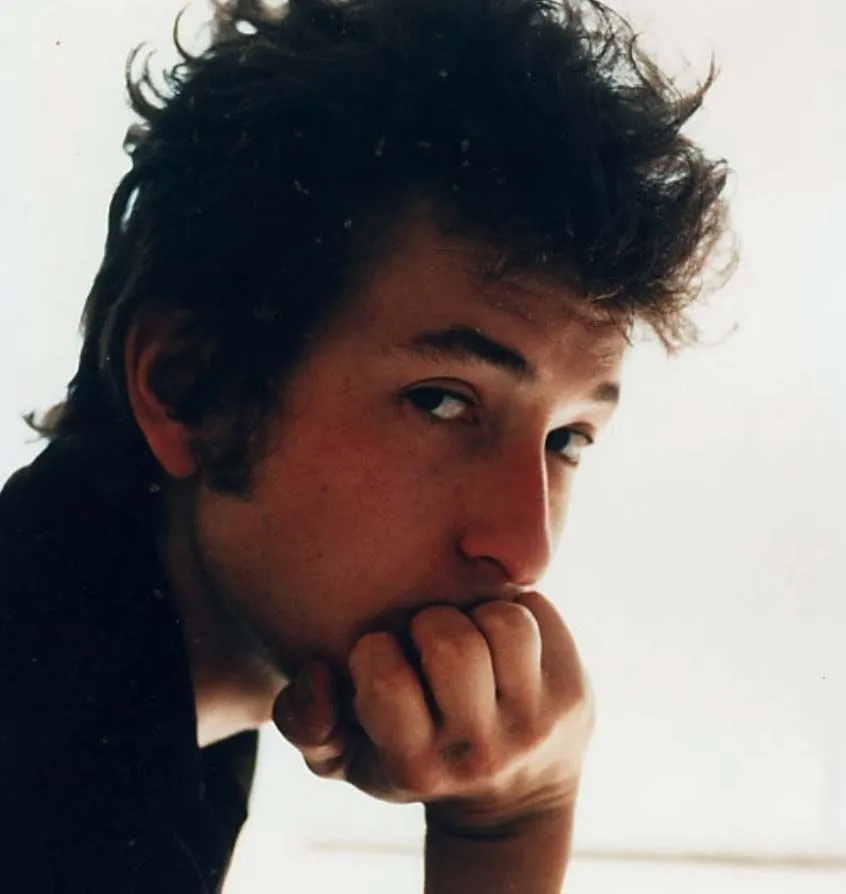
New musical impulses arise during the recording of “Oh Mercy” (1989) under the leadership of U2 producer Daniel Lanois. Dylan's appearance at an anniversary concert in Woodstock (1994) and an MTV unplugged recording in the same year, which makes his well-known pieces from the 60s accessible to a younger audience, generate further momentum.
With age, Dylan seems to have largely made peace with his public image. In the new millennium, he has released compelling studio albums peppered with autobiographical touches. In them, Dylan pays homage to traditional styles such as country, blues, rockabilly and western swing, thereby expressing his conviction, also formulated elsewhere, that a renewal of popular music can only come from a reflection on its origins.
Although his rare interviews and the ban on photographing him continue to demonstrate his displeasure with the press, in the middle of the new millennium he is more open than ever before. One year after the first volume of his autobiography, Martin Scorsese's “No Direction Home”, a documentary film that is well worth seeing, was released in 2005. In it, Dylan talks at length about his career from its beginnings until 1966. Another cinematic honor came in 2007, when Cate Blanchett, Christian Bale, Heath Ledger and Richard Gere, among others, took on the role of the Bard in Todd Hayne's “I'm Not There”.
In 2007, the compilation “Dylan” was released on three CDs, which is probably the definitive collection of hits from 46 years of music history. There is also a 2-CD set that contains the first remix the grandmaster has ever approved of. In “Most likely You'll Go Your Way (And I'll Go Mine)”, British producer Mark Ronson replaces the guitar and harmonica with hip hop beats and saxophone sounds, which sounds surprisingly good.
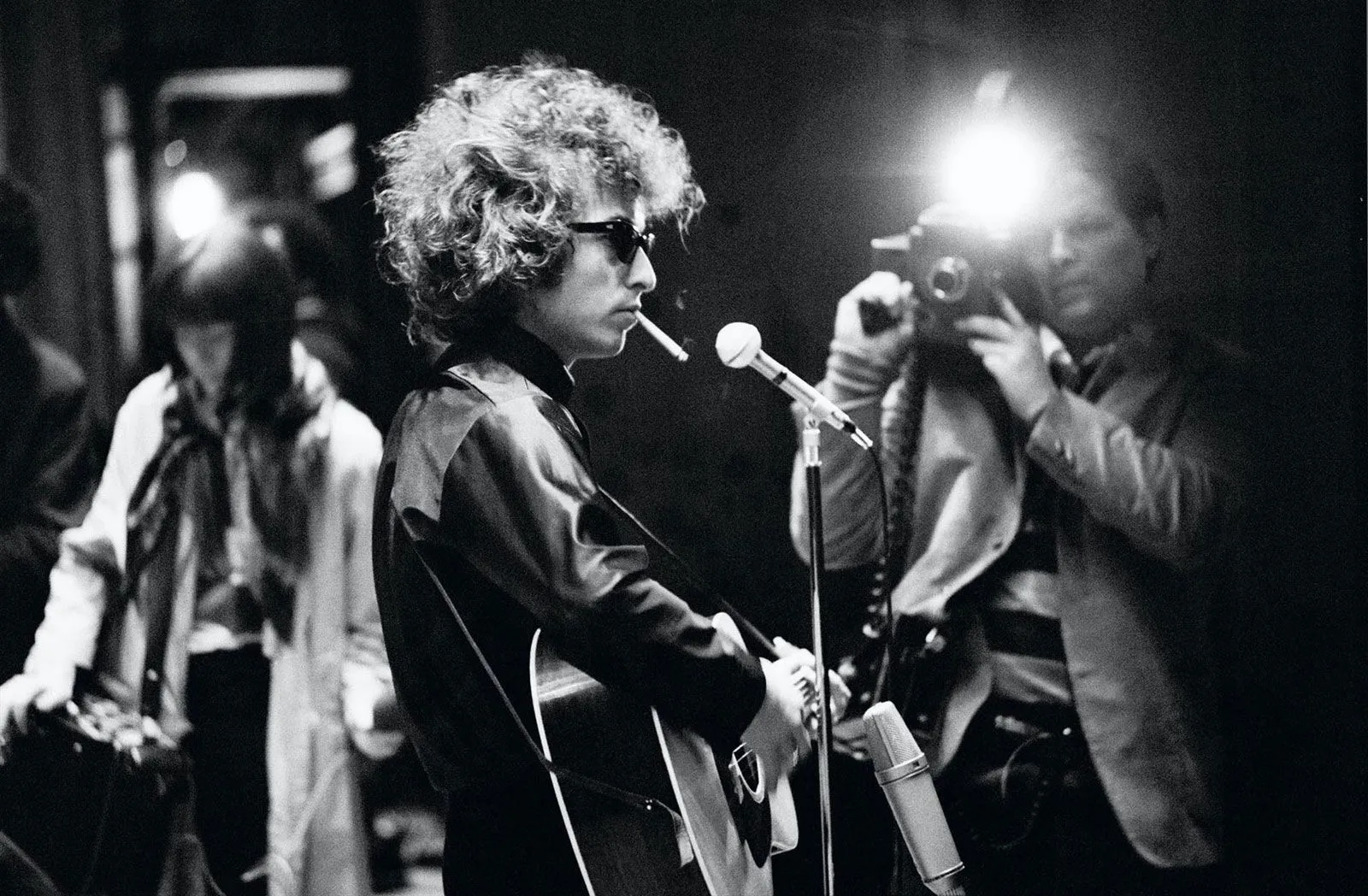
After years of his fans demanding a literary prize for Dylan, their wish was finally granted in 2008: the rock legend received the American Pulitzer Prize in a special category for “lyrical compositions of extraordinary poetic expressiveness”. The Columbia University jury honored Dylan's “far-reaching influence” on pop music.
He still causes controversy. In 2011, he performed in Beijing and rumors spread that he had made a deal with the communist government: a concert yes, criticism no. In May, the bard took to his website and countered the rumors in unusually verbose and vehement terms. There was no deal and he played what he wanted. He concludes with a dig: “Everybody knows by now that there's a gazillion books on me either out or coming out in the near future. So I'm encouraging anybody who's ever met me, heard me or even seen me, to get in on the action and scribble their own book. You never know, somebody might have a great book in them”.
In 2012, “Tempest” was released, the 35th studio album in Dylan's career. Subsequently, the singer organized and managed his own legacy with various editions of “The Bootleg Series”, which reflect different periods of his career. “Vol. 8”, for example, contains sessions from the late 1980s to 2006, while the deluxe version of ‘The Best Of The Cutting Edge 1965 - 1966: The Bootleg Series Vol. 12’, for example, fills an entire CD with the various takes of ”Like A Rolling Stone”
In 2016, Dylan sold his private archive to Tulsa University and the George Kaiser Family Foundation for an estimated $15-20 million. He also dedicated himself to other greats of American music history with the cover albums “Shadows In The Night” (2015) and “Fallen Angels” (2016).
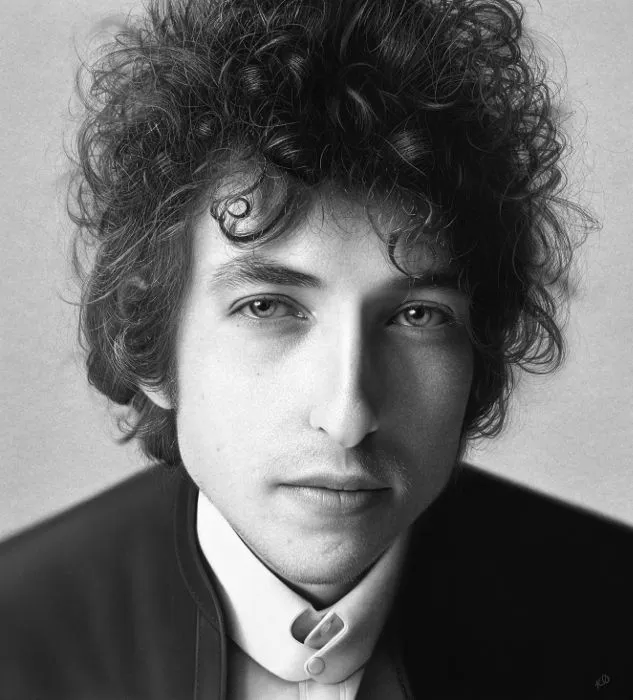
In 2016, he was the first musician ever to receive the Nobel Prize in Literature. According to the Nobel Committee, Dylan had “formed and established new poetic forms of expression within the great American song tradition”. In particular, the spokeswoman for the Nobel Prize jury was extremely impressed by the lyrical output: “Bob Dylan writes poetry for the ear, but his works can also be wonderfully read as poetry.”
The award ceremony is somewhat bumpy, however. At first, Dylan takes two weeks to let the committee know whether he would accept the prize at all, then he announces that he cannot accept the prize in person due to 'existing commitments'. The official ceremony finally takes place on December 10, 2016. Colleague Patti Smith will sing his song “A Hard Rain's Gonna Fall” in Dylan's place and the US ambassador to Sweden will read his speech. Seemingly unimpressed by all the hype, the master even released another album with “Rough and Rowdy Ways” in the summer of 2020, with brand new songs.
For his German tour in the fall of 2022, the organizer Livenation (Marek Lieberberg) has ordered a cell phone ban: the use of smartphones in the venues is prohibited – quite an effort for the security staff. Depending on the seat, concert tickets can cost as much as 450 euros. An exception is allowed, described on Ticketmaster - in an emergency: “You can unlock your phone at any time by going to the clearly marked phone use areas in the entrance area of the venue.” The old master shouldn't care, the internet affects him so little that he follows exactly zero profiles on his Instagram account. However, he does trend on TikTok again and again in his 20s, especially as young fans are growing up.
